Basil stem turning into wood
sepandee
14 years ago
Featured Answer
Comments (12)
boothc9
14 years agosepandee
14 years agoRelated Professionals
Comstock Park Landscape Architects & Landscape Designers · Belmont Landscape Architects & Landscape Designers · Cary Landscape Architects & Landscape Designers · Cedar Hill Landscape Contractors · Elmhurst Landscape Contractors · Fort Worth Landscape Contractors · Fruit Heights Landscape Contractors · Northlake Landscape Contractors · Albuquerque Roofing & Gutters · Greenville Roofing & Gutters · Miami Beach Roofing & Gutters · Lake Forest Roofing & Gutters · Port Neches Roofing & Gutters · Wheaton Roofing & Gutters · Dorchester Roofing & Gutterspsyguy10
14 years agoksrogers
14 years agoDaisyduckworth
14 years agosepandee
14 years agoksrogers
14 years agojobob10_msn_com
12 years agofatamorgana2121
12 years agolaurastone0163
7 years agoagripp06
4 years ago
Related Stories

SUMMER GARDENINGHow to Grow Basil
Bright color, quick growth and endless uses for cooking make this summer annual a winner in the garden or a pot
Full Story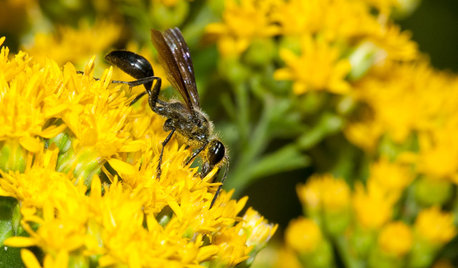
GARDENING GUIDESMeet the Grass-Carrying Wasp, a Gentle Pollinator of Summer Flowers
These fascinating insects nest in wood cavities and hollow plant stems
Full Story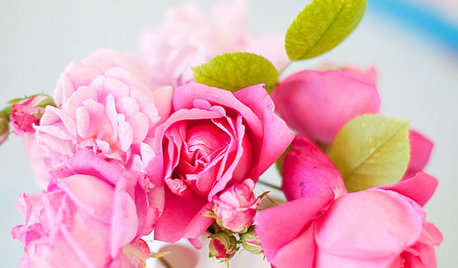
BUDGET DECORATINGSimple Pleasures: Treat Yourself to Cut Flowers
Enjoy priceless beauty with just a few inexpensive stems — and you don’t need fancy vases, either
Full Story
SHOP HOUZZHouzz Products: Wood, White and Metal
Crisp yet warm, these furnishings and accessories for every room bring in nature in a most chic way
Full Story
HOMES AROUND THE WORLD9 Houses That Show Why Wood Is the Material of the Future
Most people may associate wood with traditional homes, but in these innovative, modern structures, its uses are really branching out
Full Story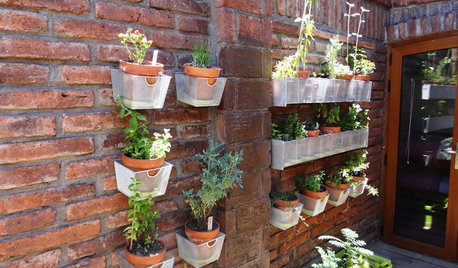
EDIBLE GARDENSHouzz Call: Where Are the Craziest Places You Grow Edibles?
Basil in a bathtub, spinach stacked up a wall ... If your edibles occupy an odd spot, we’d like to know
Full Story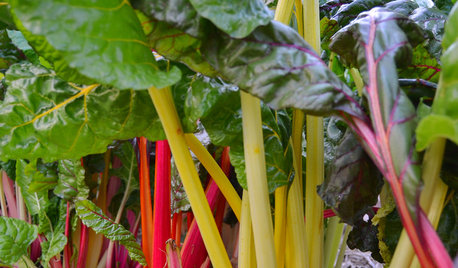
GARDENING GUIDESCool-Season Vegetables: How to Grow Chard
A year-round garden favorite with a colorful stem, Swiss chard comes into its own in early spring and in fall
Full Story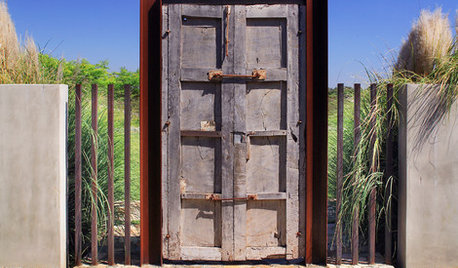
MATERIALSMesquite: The Brawny Beauty for All Over the Home
Denser than other hardwoods and sporting beautiful coloration, mesquite makes a fine material for flooring, countertops, furniture and more
Full Story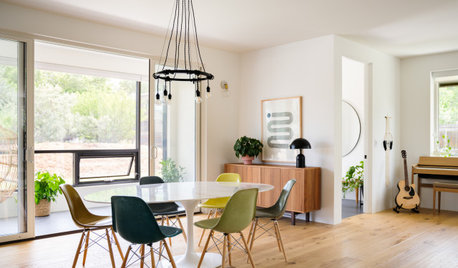
FEEL-GOOD HOME10 Tips for a More Peaceful Home
Turn your everyday living space into a serene retreat by clearing visual distractions, softening your lighting and more
Full Story
ARCHITECTUREHouzz Tour: Shipping Containers Make for an Unusual Home
Recycling hits the big time as a general contractor turns 4 metal boxes into a decidedly different living space
Full Story









Jo Pagliaro